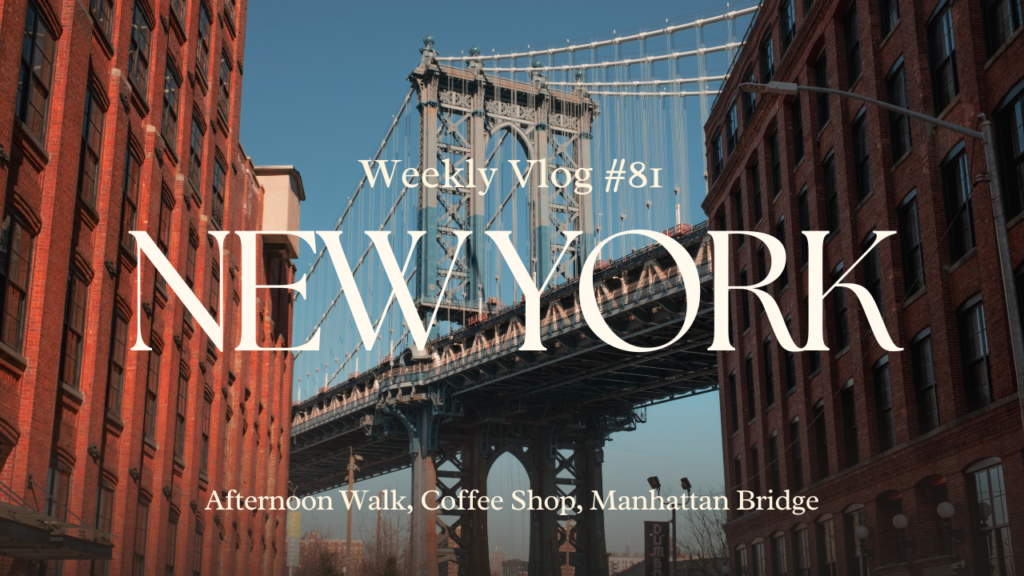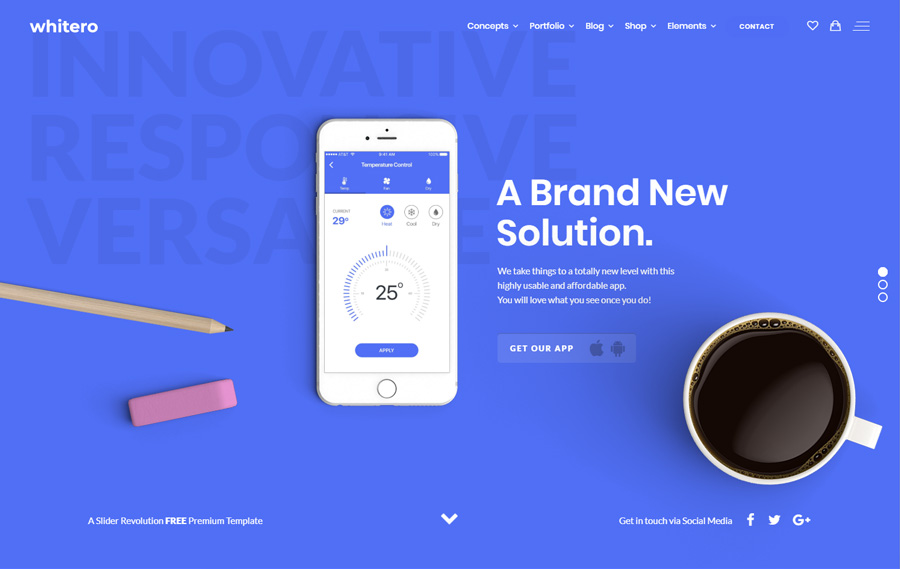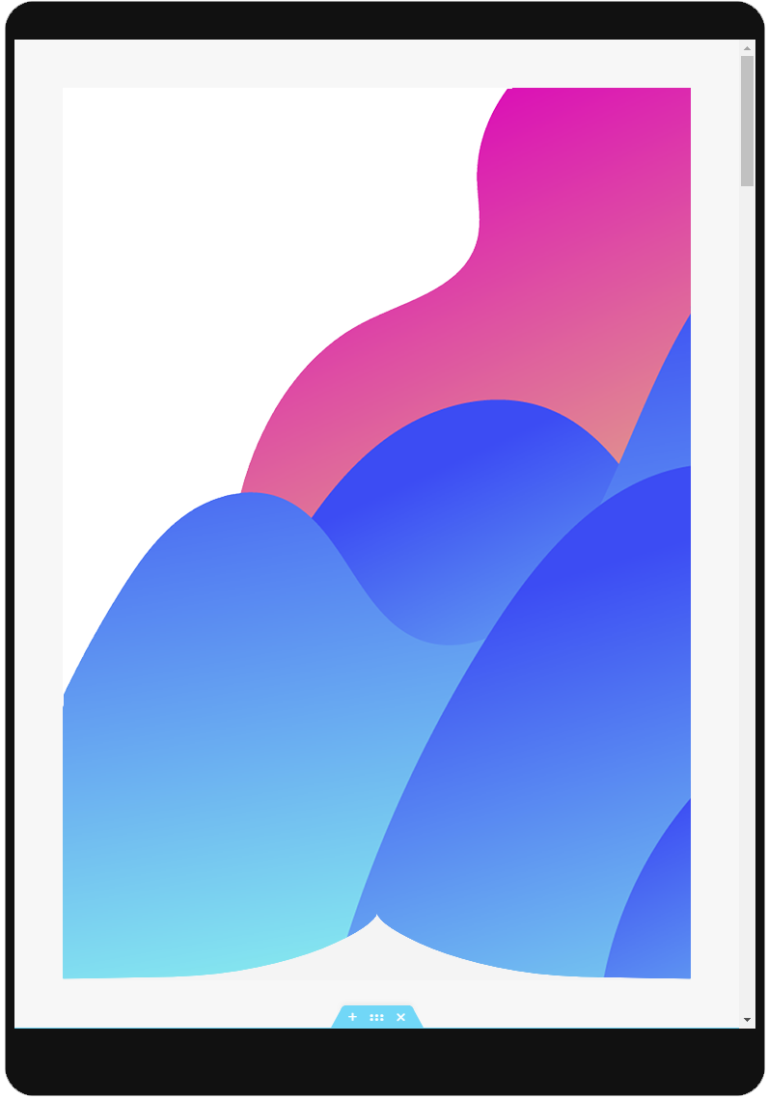





Provide your mobile users with the best experience by sharing the most detailed design.

Unleash your creativity with our curated collection of meticulously crafted designs. From websites to presentations, we’ve got you covered. Start exploring and bring your vision to life effortlessly!
Welcome to our diverse collection of templates designed to cater to your every need. Whether you’re an aspiring entrepreneur, a creative professional, or a student, our carefully crafted templates offer a spectrum of options to streamline your projects and initiatives. From sleek designs to practical formats, explore our selection to find the perfect template that suits your requirements. Simplify your work and unleash your creativity with our versatile templates.







A template is a pre-designed layout or format that serves as a starting point for creating something. It could be a document, a webpage, a graphic design, or any other project. Templates provide a structure or framework, often with placeholder content, that can be customized and filled in with specific information, allowing users to expedite the creation process by eliminating the need to start from scratch. They are helpful tools for various tasks, enabling consistency, efficiency, and ease in producing professional-looking results.
Templates are available in various formats, depending on their intended use. For documents, they often come in .docx, .pages, or .odt formats. Spreadsheets use .xlsx, .numbers, or .ods files, while presentations utilize formats like .pptx, .key, or .odp. Graphic design templates can be .psd, .ai, .eps, or .svg files, and web design templates are often in .zip, .json, or .html formats. Email templates typically use .html, .eml, or .oft files. These formats allow users to easily customize and use pre-designed structures for different software applications and purposes.
Designing a template involves defining its purpose, structure, and elements in software relevant to its use. Focus on reusability, maintain consistency in design and branding, and test the template for usability. Save it in a compatible format and include usage instructions. Understanding user needs and creating a versatile, user-friendly structure is key, with regular updates for continued relevance.
STREAMVISIONTP©2024. All Rights Reserved.
